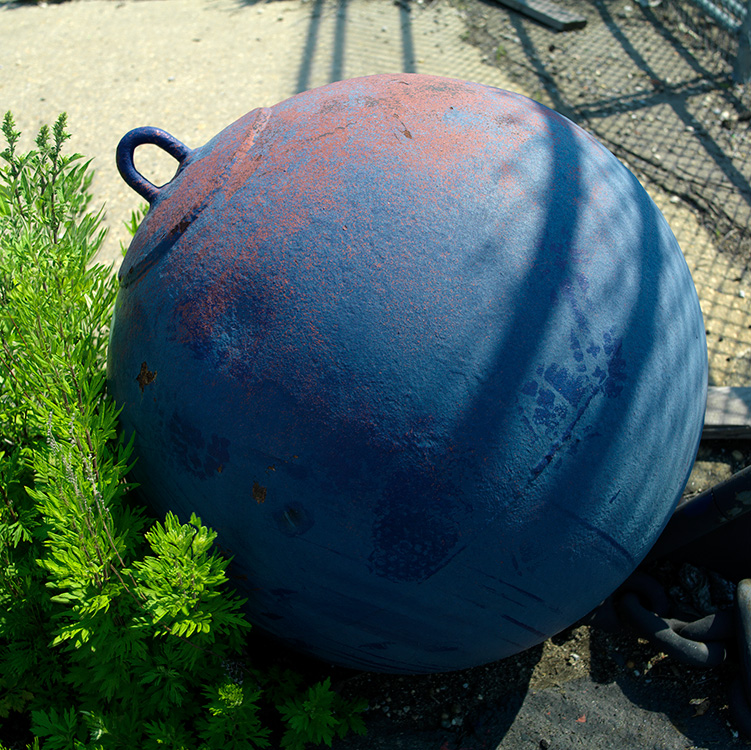"Everything sharp" is the typical style strived for in landscape, it can however be interpreted in different ways. With oldschool viewing distance models stuff can be quite far out of focus and still be considered "acceptable sharp".
With 8x10" film stopping down to make all rendered equally sharp means so small apertures that the lens may not support it, or shutter speeds would be unreasonably long. Instead one puts the plane of focus where resolution will be appreciated the most (possibly using tilt) stop down a reasonable amount and let the rest be slightly less sharp, but usually within the traditional Depth of Field model limits.
With 4x5" it's more reasonable to stop down to make all equally sharp, thanks to smaller format and lower peak resolution.
In the digital world format is so small that we can stop down if we want to, but we still have diffraction to deal with of course. If you stop down to f/22 on there will not be much of a difference between a p45+ and a iq180 in a print in terms of resolution, up to you if you want to waste the peak resolution in order to get a more equally sharp rendering or if you prefer a style more similar to the 8x10" way to shoot. When you've paid for all the pixels it can be nice to actually get to use them

.
Focus stacking is a new powerful tool. You can use it to shoot at a larger aperture and get all rendered equally sharp with little diffraction, however I personally think that is overkill and takes away some of the joy of shooting, I also find an artistic value in capturing scenes in only one exposure. You can however use it to make new composition possible which was previously impossible, for example a tree up very close, and at the same time sharp focus in the background at infinity.
Personally I like to have "all pixels equally sharp", within reason. I shoot f/11 - f/16 for normal scenes (quite often using tilt), f/22 and occassionally f/32 if extra DoF is needed. I think 80 megapixels for this use is a bit overkill, at least at the current cost of things. The worst disadvantage of diffraction may not be the loss in sharpness on the pixel level, but the low frequency components that can cause a bleed of light areas into dark ones, which is hard to fix in post-processing.




